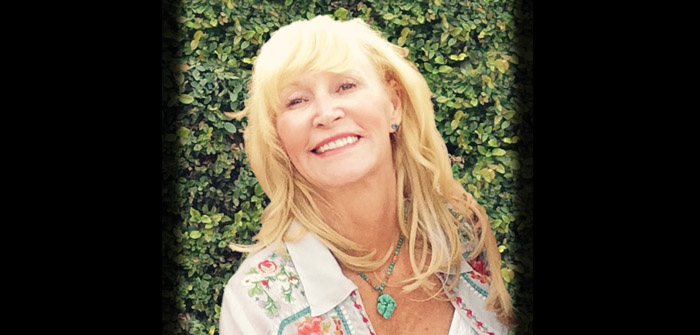Rep Whisnant Correct in Bringing to Forefront
As reported in an online story on Cascade Business News’ website a state parks and recreation leader weighed in on the contentious question of whether to allow a footbridge over a designated scenic stretch of the Upper Deschutes bordering Bend’s southern boundary — declining to consider a rule change which could have lifted a ban on such crossings.
Almost overnight the subject created waves in the community on both sides of the issue. The Bend Park and Recreation District (BPRD), although they will claim otherwise, had planned the bridge with little public input. (As part of its 2012 bond measure, BPRD had allocated some $1.2 million that would connect the River Rim neighborhood and surrounding areas across the Deschutes to national forest and existing trails.) It’s unclear if BPRD knew the bridge was prohibited when they put it in the bond measure or they just assumed they could find a way around it?
It wasn’t until some property owners protested (loudly) and went to Representative Gene Whisnant to stop the bridge. While proponents, particularly on the east side of the river, advocated for such greater access for recreational purposes, some sectors of the community including local neighbors expressed concerns the move was excessive and would create an adverse ecological impact from heavy pedestrian use within prime natural habitat.
Legislators in Salem are now discussing a bill Whisnant proposed which has provoked heated debate and seeks to close what some concerned waterway neighbors describe as a loophole that could still hold open the prospect of achieving the bridge proponents’ goal after a one-year wait period.
But last week things changed quickly. Following a newly-released report on the hot-button issue, Oregon Parks and Recreation Department Director Lisa Sumption decided not to pursue rule amendments on the Upper Deschutes State Scenic Waterway. Sumption sided with keeping current protections including the prohibition on bridges.
She said she would reconsider amending rules in the future if that would clearly strengthen protection of the waterway. Adding that as important as recreation is to our mission, it has to be balanced with our need to protect resources that make recreation possible. “Changing rules, especially in a way that might encourage more visible riverside development, is contrary to the purpose of the scenic waterway system.”
Citing a desire to extend the river trail system through the southwest corner of Bend to a footbridge offering access across the bank to the Deschutes National Forest and trail routes extending to Sunriver, BPRD petitioned the Oregon State Parks and Recreation Commission to amend the scenic waterway rules and loosen the restriction on new bridges.
However, a joint management plan by the legislature created in 1996, likely anticipating growth coming down the track, classified this area as a River Community and added some restrictions on development such as an outright prohibition on new bridges or any other kind of crossing.
Amid concerns that such a set-aside provision could still pave the way for a crossing, including potentially affecting privately-owned land, Representative Whisnant introduced a bill amendment referenced as HB 2027A which would prohibit any new bridges between Sunriver and Bend, plus the one mile inside the Bend UGB to the Central Oregon Irrigation District canal intake.
The bill was passed unanimously by the House last month but heard passionate debate from both sides of the issue during a May 10 public hearing before the Oregon Senate Committee on Environment and Natural Resources.
Whisnant said the bill’s aim was not anti-recreation but rather to reinforce current scenic waterway protections and eliminate any loophole that could allow a bridge to proceed despite the state-level denial, after a one-year period, if local government jurisdictions agree.
The question of private property potentially being affected in that scenario rather than federal lands being utilized for any crossing primarily came about following the Forest Service’s requirement that other options be analyzed before they would consider such an option on its property.
The senate committee’s next step is to air the issue in a work session and conduct a vote on the bill and any potential amendments, such as one being contemplated by Senator Tim Knopp who has floated the possibility that a bridge could be allowed on Forest Service property under certain conditions including no private property being taken and requiring an environmental analysis to preclude any negative impacts. If it is to make further progress, the bill would need to make it out of committee by June 2.
Recreation along the river is important but the State Parks Commission took into consideration the impact new bridges and associated trails would have on wildlife, fish, vegetation and other values protected by the Oregon Scenic Waterway Act and determined that relaxing existing rules that protect this section of the Upper Deschutes is not appropriate.
Representative Whisnant did the right thing in bringing this to the public forefront — previously few people in Central Oregon had heard about the bridge proposal. Although it was passed unanimously by the House, now that there has been public testimony on both sides of the issue, will it even make it out of committee?





